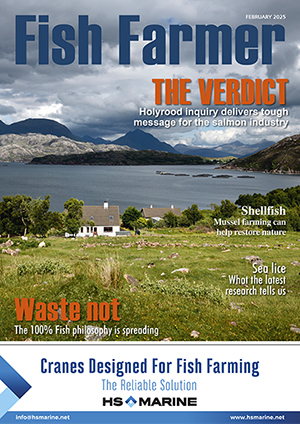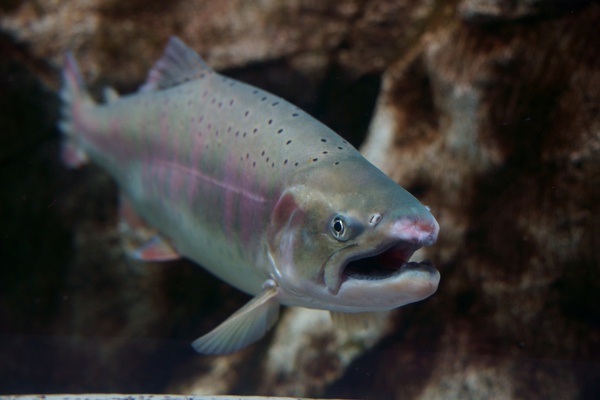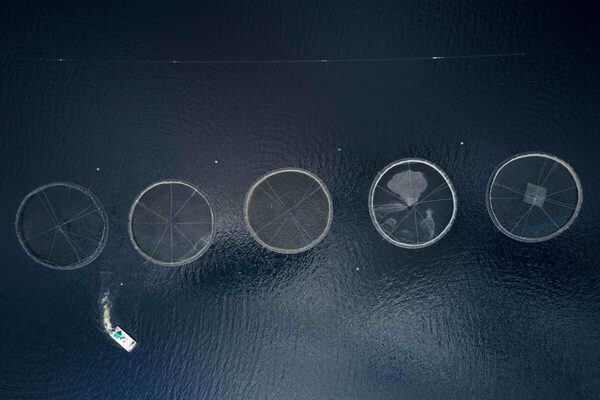Breaking the mould
An outbreak of Saprolegnia has had a devastating effect on Scottish Sea Farms’ hatchery at Barcaldine, but the company says it is now getting on top of the situation.
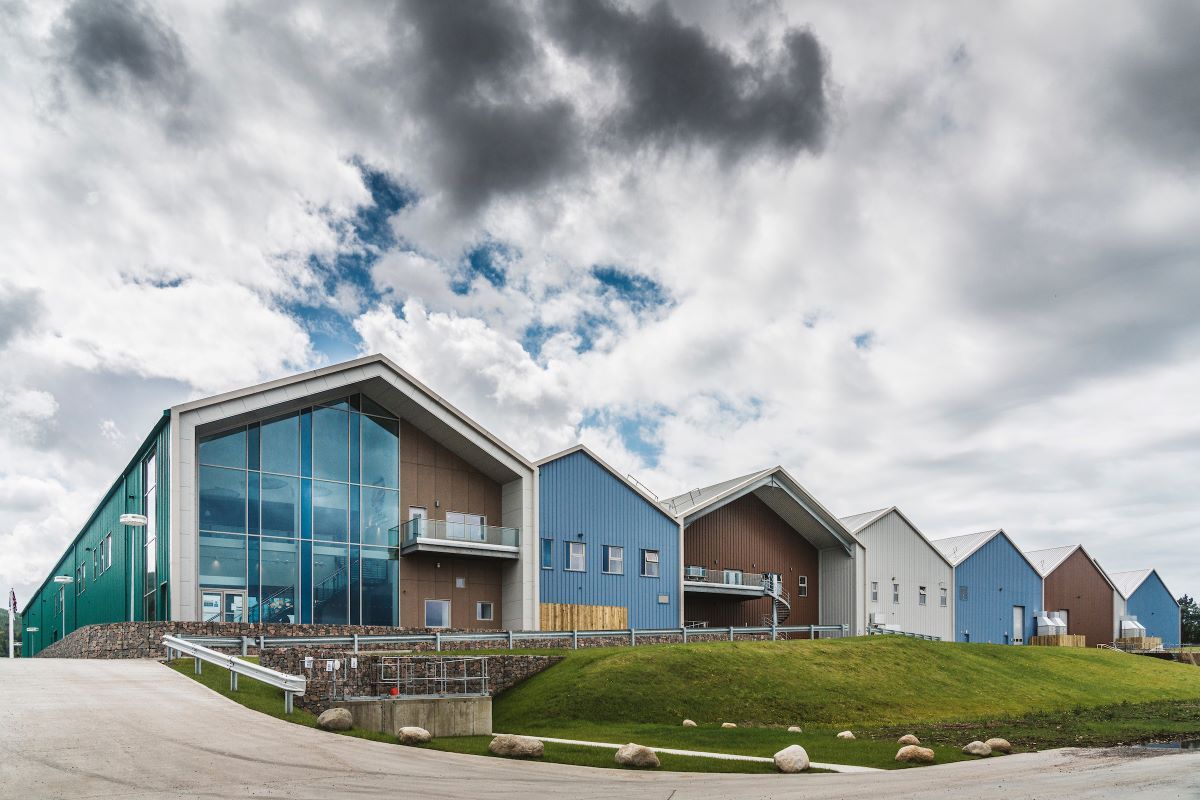
Scottish Sea Farms’ Barcaldine Hatchery is seeing promising signs from a holistic approach to managing Saprolegnia, a challenge specific to freshwater environments.
The naturally occurring air and waterborne pathogen can cause infection in a variety of fish species in both wild and farmed environments, if left untreated.
As such, the company says, salmon producers are vigilant in monitoring for and managing the freshwater challenge; something typically achieved by administering prescribed veterinary medicines, if required.
Since the second half of 2024, however, the pathogen has proven more aggressive and more resistant to traditional methods, with the result that Barcaldine Hatchery has seen its normally high fish survival rates reduce.
In response, says Scottish Sea Farms, the team has channelled its energies into a holistic approach, focused on boosting salmon’s natural ability to combat the heightened challenge.
Barcaldine Hatchery, near Oban on Scotland’s west coast, is strategically important for Scottish Sea Farms. The investment in Barcaldine has been intended to make the company less dependent on ova imported from outside Scotland. Last May the company took delivery of its first “green” (unfertilised) eggs, which will enable year-round production of salmon smolts.
The Saprolegnia outbreak has therefore been a matter of serious concern. Mortality figures compiled by the Fish Health Inspectorate (FHI) show that more than 600,000 young fish died at Barcaldine either directly from saprolegniasis – which damages the skin and mucus, leaving wounds – or from a variety of secondary infections.
The report from the FHI’s site inspection on 6 November documents the infection and measures taken to contain it. It records: “On inspection of the site, moribund and lethargic fish were observed in all tanks with extensive lesions and fungus infection.
“Histopathology examination [of a sample of five fish] revealed features consistent with saprolegniasis, this was confirmed by the isolation of Saprolegnia species from lesion material of all five fish. DNA sequence analysis was performed… indicating the isolate to be Saprolegnia parasitica phylotype S2 (common to UK).”
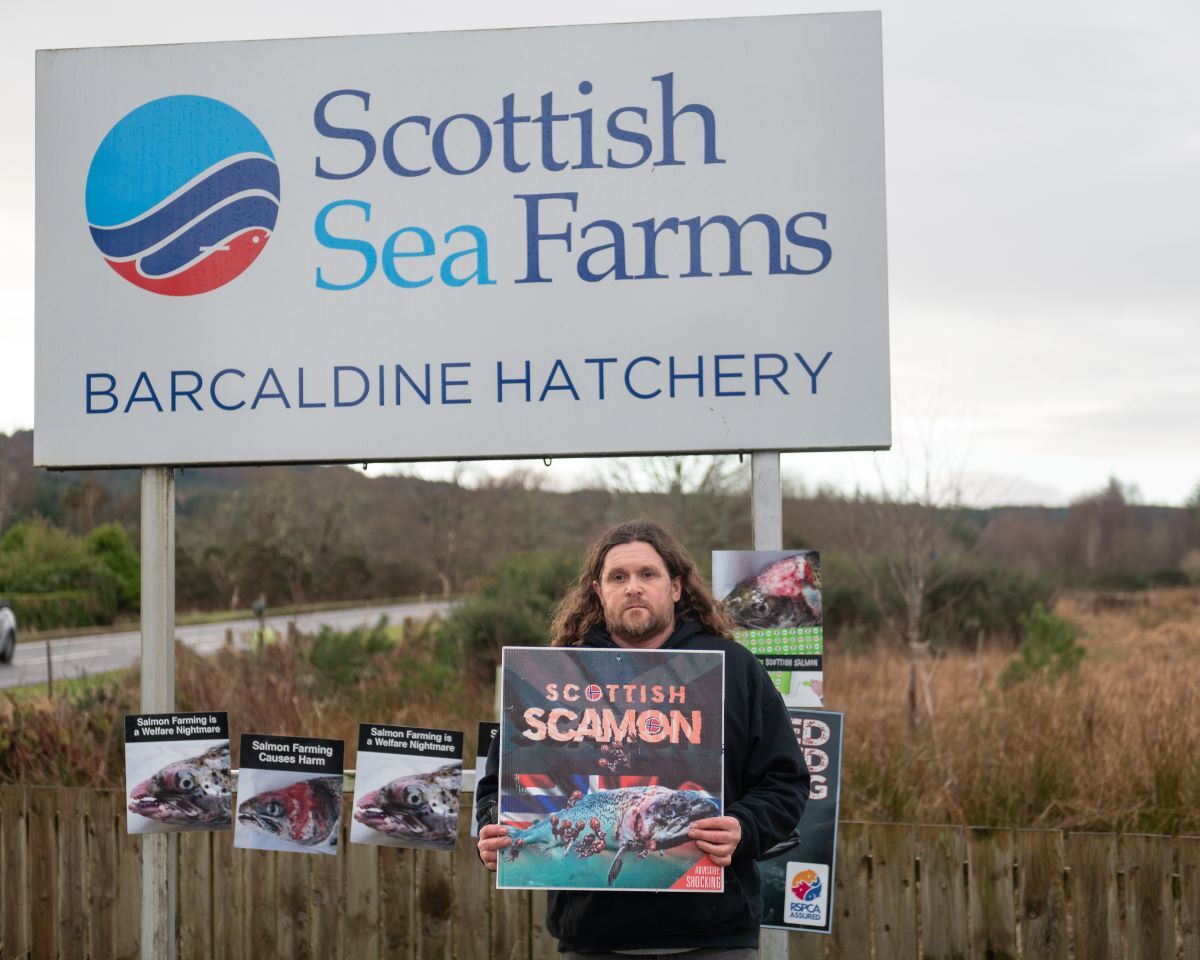
Protest at Barcaldine
The FHI report and figures sparked a protest by anti-salmon farming campaigner Don Staniford, who shared photos taken by the Inspectorate which, he said, were evidence of the poor state of the fish at Barcaldine.
Staniford says: “The gruesome photographic evidence captured by Scottish Government fish health inspectors inside Barcaldine Hatchery screams welfare abuse at Scottish Sea Farms.
“Shame on RSPCA Assured [the organisation which carries out welfare audits at most of the salmon farms in Scotland] for greenwashing Scottish Sea Farms as ‘welfare friendly’ and shame on M&S for promoting salmon farmed by Scottish Sea Farms as ‘responsibly sourced’ and grown to ‘leading welfare and environmental standards’.”
“The RSPCA should immediately suspend all Scottish Sea Farms operations from RSPCA Assured and M&S should stop selling all Scottish salmon sourced from Scottish Sea Farms.”
He concludes: “Scottish salmon… should be avoided like the proverbial plague.”
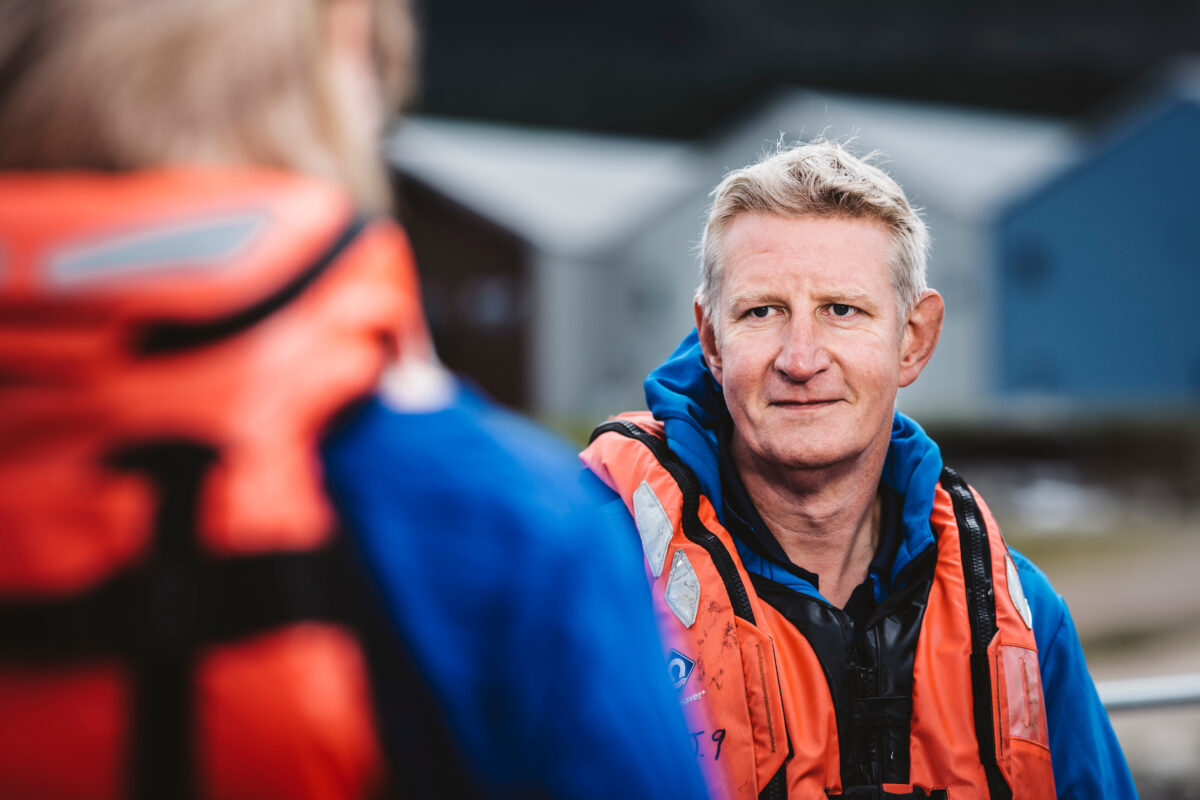
Core principles
Scottish Sea Farms has not responded directly to this criticism, but the company argues robustly that the problem is now being turned around.
Head of Freshwater, Rory Conn, said: “Since day one, Barcaldine Hatchery’s recirculating aquaculture system (RAS) technology has afforded us more control than ever over growing conditions – water quality, oxygen and salinity levels, temperature, light – with minimal need for medicines.
“When it first became apparent that the Saprolegnia present wasn’t responding in the same way to conventional methods, we did try increasing the frequency of treatments, but we still weren’t satisfied with the results.
“So we doubled down on our core principles of optimum growing conditions, good husbandry and minimal handling to help our young salmon mount the strongest defence possible against infection.
“Related to this, we know that fish’s natural immune response can be temporarily reduced following certain handling events or immediately after vaccination.
“So we added the capacity to administer a brine solution during acute events as an alternative to veterinary medicines; the aim being to further help inhibit Saprolegnia but without compromising on water quality or fish welfare.”
The company says the combined results of these alternative, non-medicinal mitigation measures are encouraging and survival rates are returning to normal.
Conn says: “We now have fish that have been in the facility for 30 weeks and have not required veterinary medicine treatments.
“Finding an effective response to the recent renewed Saprolegnia challenge has been a real team effort, but thanks to the collective input and determination of freshwater and fish health colleagues, we’re hopeful we have made an important advance.”
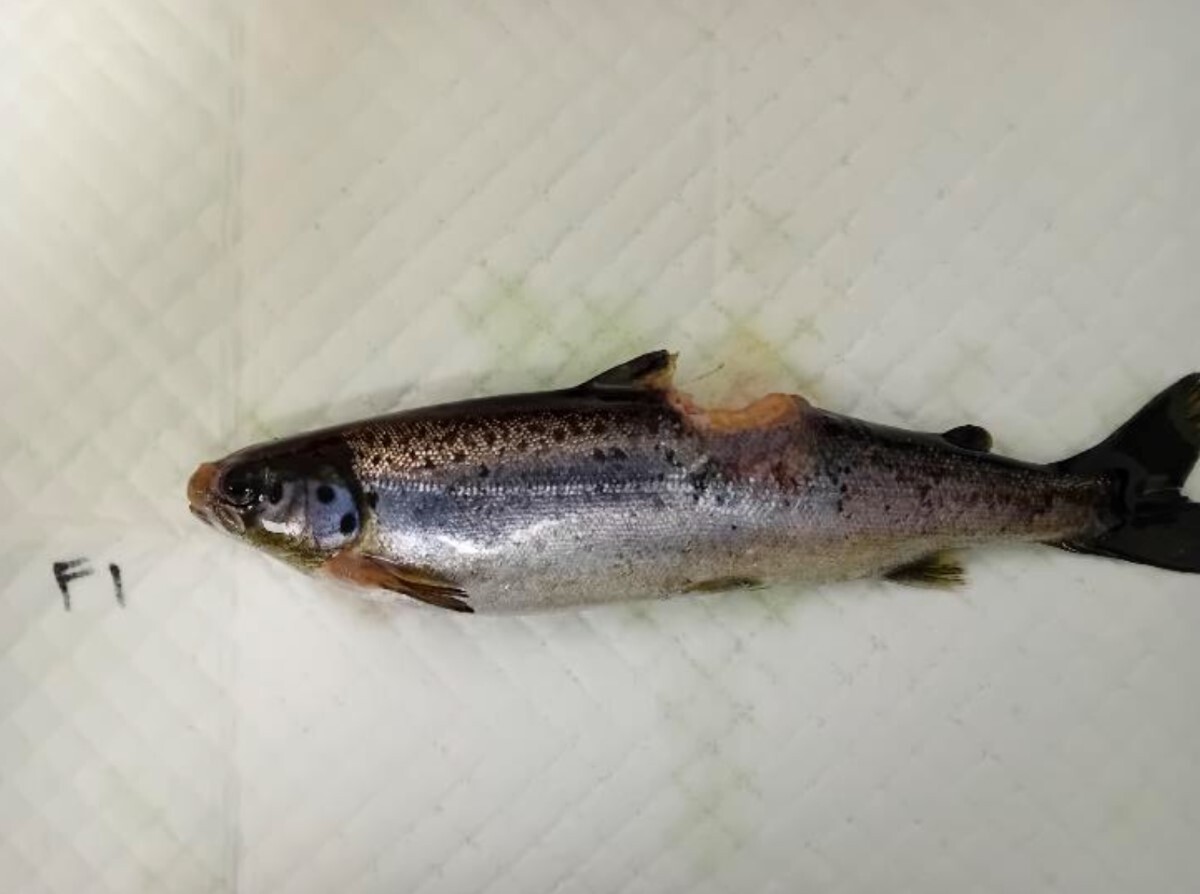
Saprolegnia: a fish farmer’s nightmare
Saprolegnia is a genus of freshwater mould that causes a disease known as “saprolegniasis” in fish and amphibians. This pathogen is notorious for its white, cotton-like fungal growth that appears on the skin, gills and eggs of affected fish. It thrives in environments with poor water quality, low temperatures and high organic matter, making it a common problem in aquaculture and fish farming operations.
The presence of Saprolegnia can be devastating for fish farmers. Infected fish often suffer from lesions, skin damage and secondary infections, leading to significant mortality rates. The disease compromises the fish’s immune system, making them more susceptible to other pathogens. Additionally, saprolegniasis can affect fish eggs, reducing hatching success rates and impacting the overall productivity of the farm.
Managing Saprolegnia infections requires diligent water quality monitoring, maintaining optimal environmental conditions and implementing biosecurity measures to prevent the spread of the mould. Treatments may include the use of antifungal agents, but prevention through proper farm management practices is the most effective strategy to mitigate the risks associated with this persistent aquatic pathogen.
